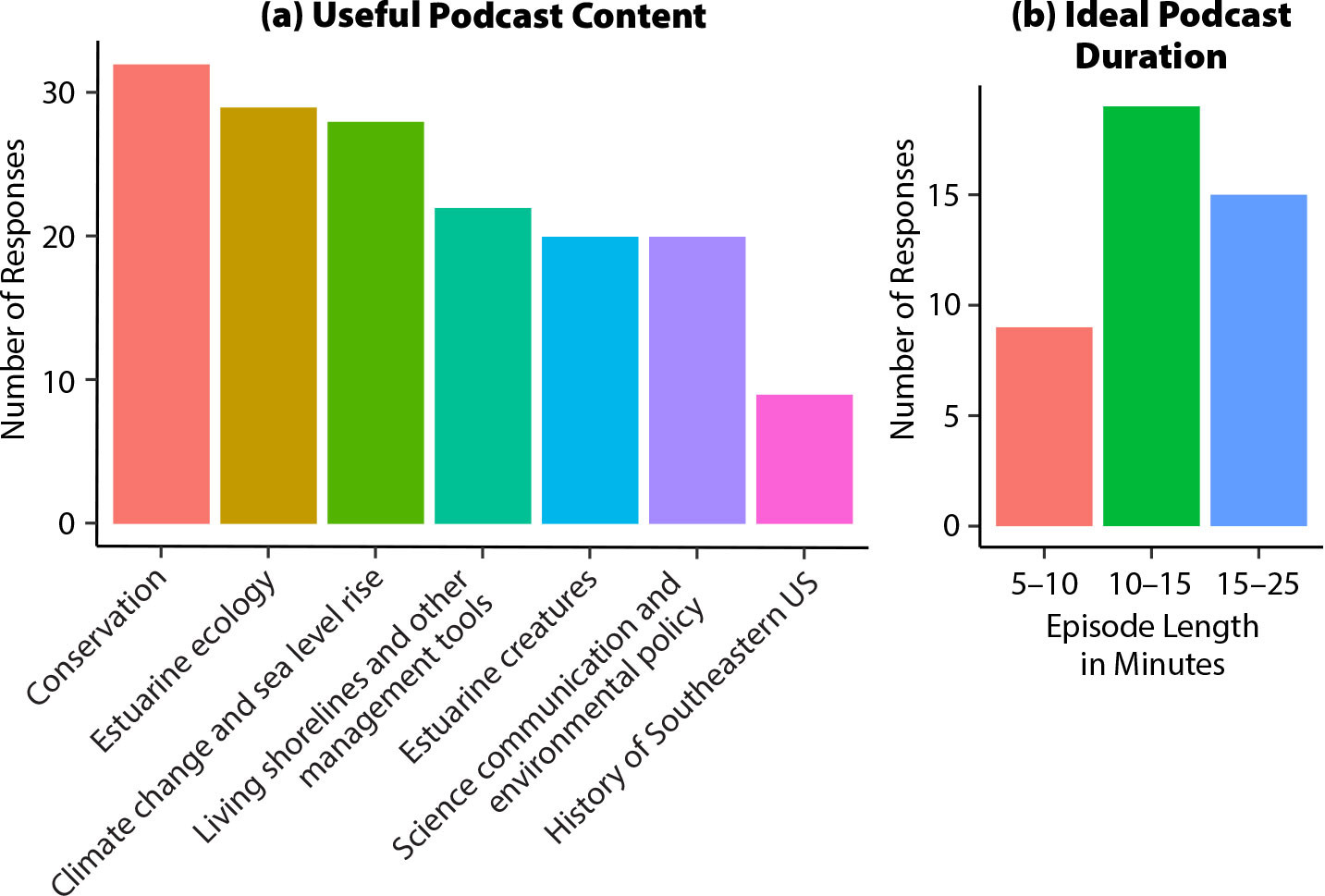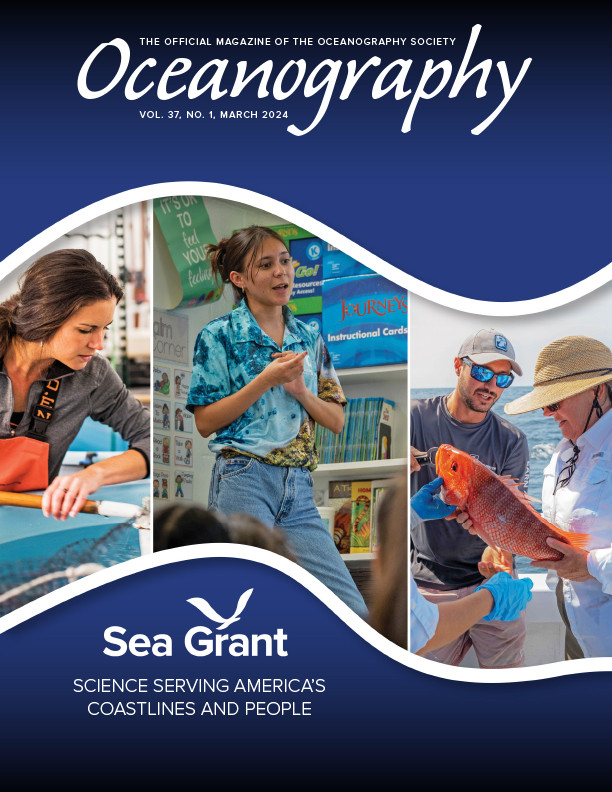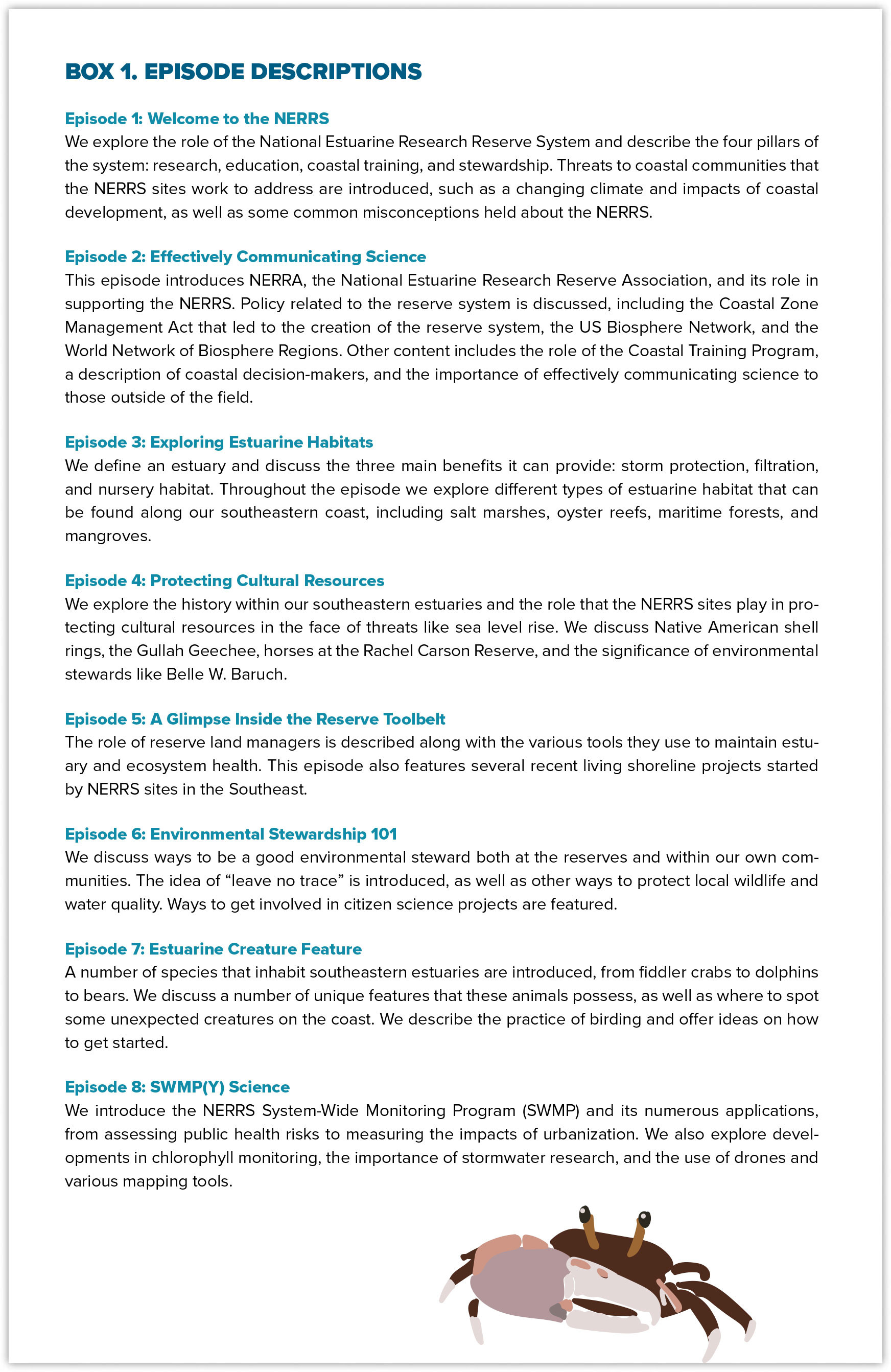Background
Authentic education about environmental and ecological systems is best achieved with hands-on, outdoor student experiences (Fleischner et al., 2017; Costa et al., 2022). Studies show that experiential methods of environmental education improve information retention and motivate increased stewardship (Chawla and Cushing, 2007; Packer and Ballantyne, 2010). Educators engage in a variety of innovative pedagogical approaches, including outdoor education, mobile learning, e-learning, and location-based learning to help better engage students (Schwarzmann et al., 2018; Jakab et al., 2021). However, field trips and hands-on learning are declining at institutions due to a wide variety of constraints, including cost and concern about transmission of the COVID-19 virus (Behrendt and Franklin, 2014; Kenna, 2019; Barton, 2020; Jones and Washko, 2022; Nichols et al., 2022). This decline in experiential learning opportunities can disproportionately impact students in underfunded schools.
Experiential learning opportunities are uniquely challenging in marine science classrooms due to financial, logistical, and geographic constraints, especially for schools that are not situated near the coast (Louv, 2010). Partial solutions to this problem may be found in use of virtual field trips and experiential learning opportunities made possible through increased access to smartphones, computers, and the internet (Morgan, 2015; Jones and Washko, 2022). Podcasts are one type of virtual experiential learning modality that can be effective in improving educational outcomes (Chester et al., 2011; Kay, 2012), especially in fields that benefit from experiential opportunities, such as environmental and ecological education (Vatovec and Balser, 2009; Hill and Nelson, 2011). This article demonstrates the process of building a podcast series about marine and coastal issues for use in secondary and higher education classrooms. To best engage students, this podcast series focuses on the National Estuarine Research Reserve System, a network of US coastal sites that are federally protected to support science as well as public education and outreach.
The National Estuarine Research Reserve System
The National Estuarine Research Reserve System (NERRS) encompasses 30 coastal sites, spanning 1.4 million acres in 24 states and Puerto Rico. It was initiated in 1972 to protect and study estuarine ecosystems. Administered by the National Oceanic and Atmospheric Administration (NOAA) under the Coastal Zone Management Act, these sites are living laboratories where scientists and partners collaborate to develop place-based solutions to understand, conserve, and restore coastal areas so they can benefit local communities for generations (Von Klemperer, 2023). They do this through various projects and initiatives related to research, education, coastal training, and stewardship. The NERRS supports the collection of and access to water quality and meteorological monitoring via the System-Wide Monitoring Program (SWMP). Data collected through this program are useful for environmental trend assessment and for improving predictions of public health risks and the impacts of large storm events and sea level rise amid a changing climate (Wenner and Geist, 2001; Mills et al., 2008). The NERRS also supports the planning and implementation of living shorelines and the use of various land management tools (NOAA Fisheries, n.d.).
While the NERRS spans nearly the full range of the US coastline, the podcast content focuses on seven sites in the southeastern United States: the North Carolina NERR (Beaufort, North Carolina), the ACE Basin NERR (Charleston, South Carolina), the North Inlet – Winyah Bay NERR (Georgetown, South Carolina), the Sapelo Island NERR (Sapelo Island, Georgia), the Apalachicola NERR (Eastpoint, Florida), the Guana Tolomato Matanzas NERR (Ponte Vedra Beach, Florida), and the Rookery Bay NERR (Naples, Florida). Southeastern coastal ecosystems are characterized by a diverse range of habitats, including salt marshes, oyster reefs, mangroves, maritime forests, and seagrass beds, which support a rich and abundant array of plant and animal life (Sanger et al., 2018). They also serve as important breeding and nursery grounds for numerous species of fish, shellfish, and crustaceans that contribute significantly to local and regional economies through commercial and recreational fishing (Bell, 1997). In addition, these ecosystems provide valuable services such as storm surge protection, water filtration, and carbon sequestration, helping to mitigate the impacts of climate change (Barbier et al., 2011).
Coastal ecosystems in the southeastern United States are also incredibly rich in history and cultural resources. Estuaries have been and remain home to numerous Native American communities (e.g., the Yamassee Nation and Seminole Tribe), evidenced by coastal shell rings and mounds, post-Civil War settlements, and the Gullah Geechee community (Fuller, 2021). The historic Hog Hammock community on Sapelo Island in Georgia is believed by some historians to be one of the last intact island-based Geechee communities in America (Hardy and Heynen, 2022; SICARS, 2022). The NERRS sites play a role in studying and protecting the historical value of these cultural resources.
Although reserves are engaged with their local communities, they face challenges related to serving their broader regions/watersheds, engaging underserved communities that may not have support for field trips, and making environmental education inclusive and accessible. To address these issues, a podcast series was created to bring content from the southeastern United States NERRS sites into secondary and higher education classrooms. Educators were surveyed to determine the best way to incorporate podcast content into classroom settings. Survey results were used to make decisions related to all aspects of the series, including the structure of and topics included in the podcast itself. Interviews with NERRS staff were conducted and audio-recorded at seven NERRS sites in the southeastern United States. These interviews were then compiled into podcast episodes according to the feedback from the instructor survey. However, one of the main difficulties of using podcasts as a learning medium is the lack of interaction between students and educators (Andersen and Dau, 2021). To address this shortcoming, companion materials were also created, including lesson plans and student assessments to facilitate the use of these podcasts in an educational context.
Methods
Educator Input
A survey was created on Google Forms to collect input from local educators and identify best practices for classroom lesson formats and assessment strategies. The survey was 16 questions long, with an expected completion time of 5–10 minutes. In order to create resources that were both helpful and effective, questions were crafted to assess two overarching research questions: (1) What methods would best engage students? and (2) What types of companion materials would be most useful for educators? For a complete list of survey questions, see online supplementary Appendix S3. Note that all appendices are available as online supplementary materials for this article.
The survey contained a mixture of short-answer questions, checkboxes, multiple choice questions, and open space for comments. No questions were required, allowing responders to provide partial feedback at their discretion. This survey was distributed across several environmental education listservs that target educators in the state of South Carolina. Survey responses were analyzed to identify best practices for environmental education lesson formats and assessment strategies at middle school, high school, and undergraduate levels.
Podcast Creation
A podcast series was then created called “NERR or Far: The Reserves Are Where You Are.” Thirty-minute interviews with NERR representatives were conducted using video conferencing software throughout summer and fall of 2022. Interview sessions were recorded, and a USB microphone with a pop filter was utilized to ensure clarity in the audio recording for interviewer portions. The resulting raw audio files from these interviews were processed, spliced, and formatted using audio editing software to remove lengthy pauses, background noises, repeated filler words, and any places that the interviewee may have asked to start over. Host audio was recorded in an audio production studio and compiled, edited, and spliced with interview content.
Intro, outro, and transition musical elements for the podcast were created using digital music creation software and added to the episode drafts. Audio files of a least tern colony were added to the intro and outro. Sound levels/gain were edited and balanced post-production to ensure high-quality listening experiences via both speakers and headphones. Completed 10–15-minute episode audio files were transcribed utilizing Otter.ai software, and any mistakes were corrected manually. The episodes were then uploaded to YouTube as unlisted video files to be embedded onto a website featuring the podcast series and uploaded for streaming on Spotify for Podcasters. Full episode transcripts are provided in Appendix S1.
Companion Materials and Distribution
Content from each podcast episode was summarized and condensed into articles approximately two pages long. These articles were accompanied by 6–10 short-answer questions and a short list of related student activities for interactive learning. Activities included group work, discussions, student presentations, and trivia questions. A glossary of technical terms used in the episodes was compiled for student reference. Illustrations were created using Adobe Illustrator to accompany the worksheets and add visual appeal to the website. Articles, student activities, and bonus content are provided in Appendix S2.
All of the content created related to the “NERR or Far” podcast series was uploaded to the “NERR or Far” webpage (https://nerrorfar.weebly.com/). This site was created using free website design software and a free web hosting service. Each podcast episode was embedded into the website as an unlisted YouTube video. Associated podcast transcripts are also available as downloadable pdf files, along with episode worksheets and answer keys, and relevant bonus content. The website was published in March 2023, and all of this content is free and publicly available.
Results
Analysis of Educator Survey Responses
A total of 43 responses was collected from educators who ranged from sixth grade teachers to university faculty. Most respondents taught ninth to twelfth grade subjects such as environmental science (29%), biology (27%), and marine science (16%). Over 60% of surveyed educators listen to podcasts, with preferences including news and politics (22%), society and culture (21%), comedy (14%), and health (10%).
To assist in the creation of the “NERR or Far” podcast, educators were asked which content topics would be most useful for inclusion in their courses. Respondents favored conservation (20%), estuarine ecology (18%), and climate change and sea level rise (17%) (Figure 1a). Seventy-one percent of educators surveyed would prefer episodes containing content from more than one NERR site. Regarding access to materials and method of podcast delivery, 74% of educators surveyed said materials would be accessed on student laptops instead of printed, and 67% of educators surveyed said the podcast would be played in class rather than being assigned for listening at home. To retain student attention, educators favored a podcast episode length of 10–15 minutes (44%; Figure 1b).

FIGURE 1. Educator survey results; each question received 43 responses. (a) Results from a question asking educators what topics would be most useful to have covered in the form of a podcast. Respondents were able to select more than one answer. (b) Results from a question asking educators what podcast episode length (in minutes) would be ideal to maintain student attention. > High res figure
|
To guide the creation of complementary materials to extend student learning after listening to the podcast, educators were asked about activities that would work well in a classroom setting. Survey respondents indicated that written articles provided to accompany a podcast episode should be 1.5–2 pages in length (72% of respondents, Figure 2a). The top three types of follow-up activities educators found useful included trivia-style questions (30%), lab activities (28%), and group-work activities (skits, presentations; 23%) (Figure 2b), and these activities should be designed to last for 15–30 minutes (54%) of class time (Figure 2c). The preferred type of review question to accompany the podcast and summary article was 6–10 short-answer questions (36%), though other question formats received competitive votes (Figure 2d). Educators also indicated that the best activities to help with retention of material were student presentations (45%) and group discussion (36%).

FIGURE 2. Responses to educator survey questions about classroom activities to accompany each podcast episode. (a) Preferred summary article length in pages (43 responses). (b) Preferred types of follow-up activities (43 responses). (c) Preferred duration of follow-up classroom activities in minutes (43 responses). (d) Preferred format for review questions following the podcast (42 responses). For panel b, respondents were allowed to select more than one answer. > High res figure
|
Podcast Episodes and Companion Materials
A total of eight podcast episodes were compiled from the recorded interviews to complete the “NERR or Far: The Reserves Are Where You Are” podcast series. The episodes focused on themes such as ecology, anthropology, and coastal management. Box 1 provides brief episode descriptions.
Student worksheets were created to accompany each podcast episode, along with an instructor copy listing all resources (Appendix S2). Instructor copies contain additional activity ideas related to episode content as well as answers and guidance for worksheet questions. Activities in the worksheets and instructor resources include student presentations, group-work activities, and artistic tasks. The general structure of each worksheet includes a summary of the particular podcast episode content, enhanced by relevant illustrations, followed by 6–10 short-answer questions related to key concepts. The worksheets associated with podcast Episodes 1, 5, and 6 provide additional trivia-style lists of questions through which students can apply what they have learned and utilize critical thinking skills. A glossary of terms highlighting special vocabulary used during the podcast episodes was also created.
Content Distribution
All “NERR or Far” content, including podcast episodes, worksheets, instructor resources and bonus content, can be accessed for free on the NERR or Far website (https://nerrorfar.weebly.com/). There are individual tabs on this website for the podcast, worksheets, supplementary media, and additional reserve content, as well as an “About” tab. In a classroom setting, the podcast can be played via YouTube videos from the website or streamed over Spotify. There is a button labeled “Listen on Spotify” on the podcast page that will redirect the user to the episodes on this platform, which is a more convenient format for mobile devices and on-the-go listening. Episode transcripts are provided on the NERR or Far podcast page, and taking advantage of captions via the YouTube episode format is recommended for the hearing impaired. Worksheets and the glossary can be accessed online or printed by downloading the pdf files. Additional content related to the podcast and the seven featured NERR sites can be found under the “Supplementary Media” and “More Reserve Content” tabs. Each reserve has its own page presented under “More Reserve Content” in a drop-down menu.
Discussion
The instructor survey provided valuable information about how podcasts can be implemented in secondary and higher education classrooms. Responses to the ideal podcast duration question as well as questions about follow-up activities indicate that the podcast materials may be incorporated as parts of larger lessons rather than filling complete class periods on their own. Educator preferences for a 10–15-minute podcast episode, paired with time to do the follow-up activities and have a discussion, may result in a total lesson time of around 25 to 45 minutes (Figures 1b and 2c). However, if instructors select longer activity options that include in-depth discussion or project development, a single episode could provide the content for a standard one-hour class period or more. Alternatively, the podcast alone could be incorporated to supplement content and activities from the existing course curriculum.
Survey responses indicated that educators prefer topics that examine ecological relationships and priority issues related to the coastal zone over more specific topics like the organisms that live in these places (Figure 1a). The low preference for historical and policy-related content may be the result of a lack of non-science survey participants. However, effectively communicating science and understanding policy is key when discussing ways to address issues in estuaries, so these topics were incorporated into the podcast series to provide context for the scientific material. Survey participants preferred a mix of question types when it came to classroom material content, but the least popular format was multiple choice questions, perhaps because they provide little opportunity to practice writing or critical thinking skills (Figure 2d). Short-answer questions were included to assess student knowledge on every worksheet, but due to the popularity of other question and activity format choices indicated in the survey responses, this was not the only assessment method on all worksheets. This educator feedback was incredibly useful in planning and creating the “NERR or Far” series and its associated website and materials.
Environmental education is evolving and needed more than ever (Nichols et al., 2022). In an increasingly digital world, incorporating diverse forms of media into education can be a helpful tool for engaging students, keeping resources current, and exposing a broad audience to new content. This podcast series can serve as a model for other educational content creators interested in finding ways to bring diverse forms of media into the classroom. The implementation of the “NERR or Far” podcast series in classrooms will increase student access to regional conservation information and help foster stewardship of our southeastern coast. Regardless of location, classrooms and individual listeners can learn about the value of estuaries, the role of NERRS, and ways to get involved in conserving coastal ecosystems. Although this content is targeted at a secondary to undergraduate education level, the podcast series may also serve as an educational tool for anyone who has limited familiarity with the reserve system. Projects like “NERR or Far” can help scientists and educators explore and discover the best ways to inspire environmental stewardship in younger generations.
Acknowledgments
This work could not have been accomplished without the expertise and engagement of staff at each of the seven NERRS sites, including M. Snyder, J. Spearman, A. Mackinnon, A. Grove, K. Laakkonen, L. Davis, E. Smith, and J. Binz. University of South Carolina library staff aided this project by providing space in the Thomas Cooper Library Audio Production Studio for host audio recordings. This work was supported through a University of South Carolina Honors College Research Grant.


 > High res figure
> High res figure

 > High res box
> High res box